Prior to this week’s lecture, if you asked me if television controlled my life, I would consider you absurd and regrettably correct.
Television viewing is to me and most Australian’s, a national pastime with the Australian Bureau of Statistics reporting ‘Australian adults spend on average four hours per day doing sedentary leisure activities such as watching TV’ (ABS 2013). This charismatic ‘idiot box’ has evolved since its launch on the 16th September 1956 via constant innovations to its design and mobility, its affordable pricing and the diversity of media forms. Today, the television set is not seen as the precious item found in the front formal; it has ventured throughout the household, through domestic space/zones and through the convergence of other platforms, it has multiplied.
This week, I gained an understanding regarding the journey of television throughout the home; creating distinct audience-friendly space and privacy zones. To broaden my research and acquire a gender take on the topic, I chose to interview separately (one on one) my parents, my mother dearest and my tell-it-how-it-is stepfather. The dialogue was kept simple with open and closed ended questions and revolved around their own personal television experiences and viewing space in their household.
Both are of similar age, brought up in the 70s, when the television was the huge set in the formal lounge room. My mum’s memories revolve around being placed in front of the television when ‘Kimba’ was on, ‘I was raised by a Television’ (Cresswell 2013 pers. comm., 22 August).
My Stepfather, on the other hand, spent till dark, playing outside so television viewing for him was a true family event; watching Friday night sport and eating fish and chips. In the 70s, society’s concept of childhood was carefree and technologically challenged with the television being a valued commodity, one per household.
As media developed, so did the use and location of the family television/s. It ‘entered the home for communal use in the living room and gradually relocated to kitchens, bedrooms, even hallways’ (Livingstone 2007). This invasion of space developed privacy zones in which the audience/inhabitant of the room could choose where to locate the television set and its function.
My stepdad uses his designated television viewing time to relax; putting his feet up and attaching the remote to his hand so he could constantly flick the channels. His privacy zone or haven is in the lounge room with the comfy chairs and the Television fixed as the focal point in the wall. My mother, on the other hand, likes to multi-task so television viewing is performed via the family-room where the Television is visible from the kitchen (cooking dinner) and the dining room (when on the computer or ironing). This cultural perception of privacy sectors is evident in my interview results highlighting my parents’ current home has distinct divisions which are personalised to encompass the requirements of the audience and the accessibility of the media available. My own personal preference of television space is in my messy bedroom where I can enjoy some alone time while attempting Uni work on my desk.
Today, society embraces innovation and diversity in media and technology; enabling individuals to access multiple media platforms in the manner that suits ones own personal taste/lifestyle. This advancement in media has instigated a shift in family Television viewing. An Australian adult may watch an average of four hours of television a day (ABS 2013) but is he/she watching it by themselves in their own tailored private space/zone in the family home.
Does having more than one television, more choice and more space disconnect traditional ‘family time’?
Livingstone, S 2007, ‘From family television to bedroom culture: Young people’s media at home’, accessed 22nd August, 2013, <http://eprints.lse.ac.uk/2772/1/From_family_television_to_bedroom_culture_(LSERO).pdf>
ABS 2013,’Australians spend one month a year sitting watching TV’, Cat 4364.0.55.004- Australian Health Survey: Physical Activity, 2011-2012, Canberra, accessed 22nd August, 2013, <http://www.abs.gov.au/ausstats%5Cabs@.nsf/mediareleasesbyCatalogue/19D9A81DC4ABD21BCA257BAC0016BBE9?Opendocument >

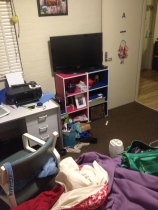
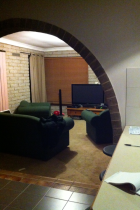

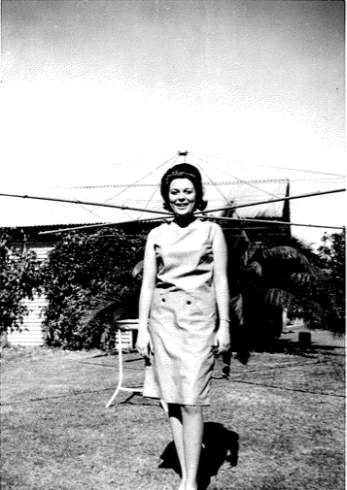
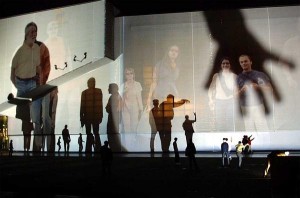
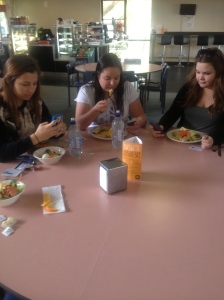
Recent Comments